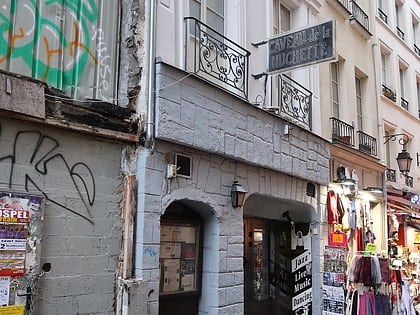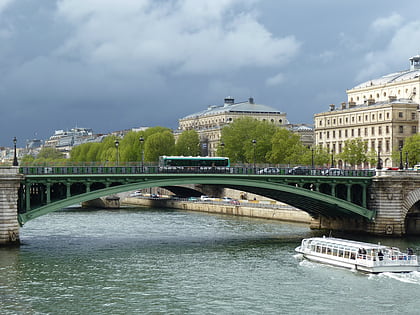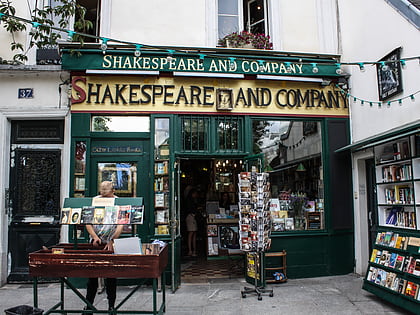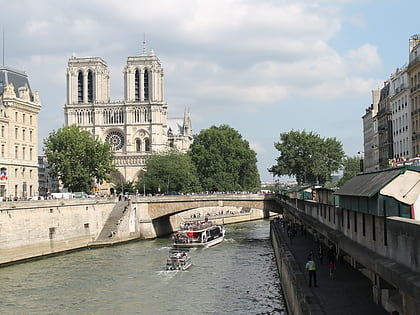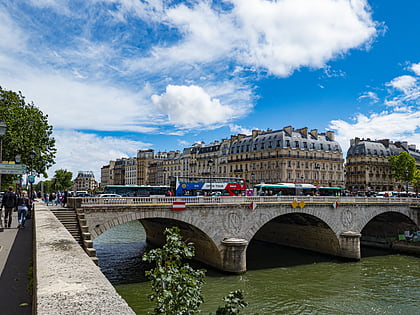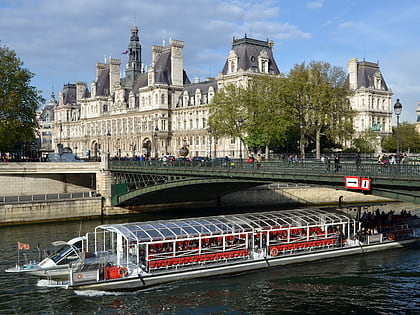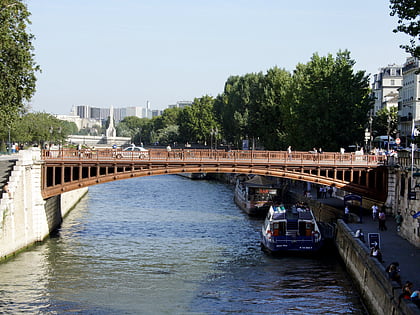Lutetia, Paris
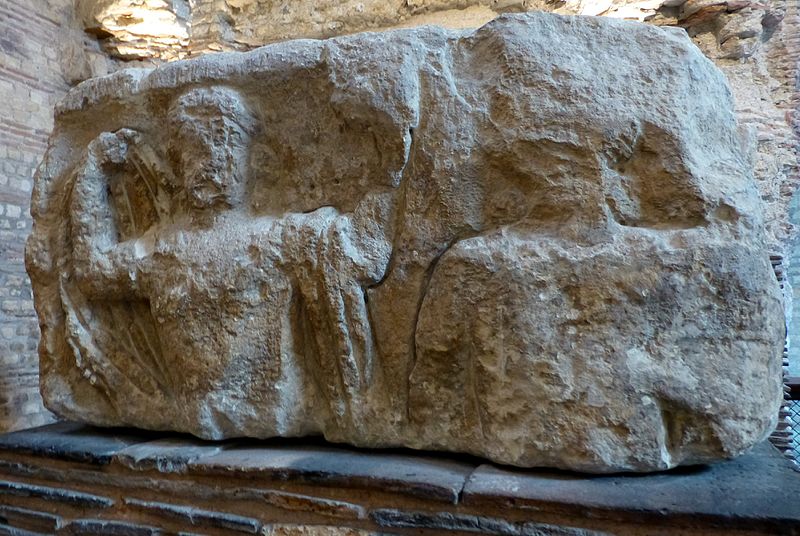
Facts and practical information
Nestled within the heart of Paris, Lutetia is not a monument that towers above the city skyline or a sprawling museum with vast collections. Instead, it is the ancient Roman city upon which modern Paris was built, a historical site that offers a unique glimpse into the city's distant past. The remnants of Lutetia, also known as Lutèce in French, are scattered throughout Paris, providing a fascinating journey for those interested in the city's origins.
Lutetia was a small Gallo-Roman settlement that flourished during the Roman Empire. It was situated on the left bank of the Seine River, in what is now the Latin Quarter. This area is known for its historical significance and is home to renowned institutions such as the Sorbonne University.
One of the most notable remains of Lutetia is the Arènes de Lutèce, an amphitheater that could once seat up to 15,000 spectators. Hidden away in the 5th arrondissement, this ancient structure is one of the few significant remnants of Roman Paris. It was used for gladiator combats and theatrical performances during Roman times and, after centuries of neglect, was rediscovered in the 19th century. Today, it serves as a public park where visitors can sit on the same stones where ancient Parisians once gathered for entertainment.
Another important archaeological site is the Thermes de Cluny, the ruins of Gallo-Roman thermal baths that are partially incorporated into the Musée de Cluny. This museum, officially known as the Musée National du Moyen Âge, houses a rich collection of medieval art, but its foundations are rooted in ancient history. The visible ruins include the frigidarium (cold room), with its soaring vaulted ceilings and remnants of the original wall decorations.
For those wishing to delve deeper into the history of Lutetia, the Crypte archéologique du Parvis Notre-Dame offers an underground tour of ancient remains. Located on the île de la Cité, near the famous Notre-Dame Cathedral, this archaeological crypt displays the vestiges of buildings that trace back to the city's earliest days, including parts of the ancient Roman road, the Cardo Maximus.
While Lutetia may not be as immediately recognizable as the Eiffel Tower or the Louvre, it provides a unique and enriching experience for history enthusiasts and curious tourists alike. Walking through the Latin Quarter, visitors are literally stepping on the layers of history that have shaped Paris into the iconic city it is today.
Hôtel-de-Ville (Notre Dame)Paris
Lutetia – popular in the area (distance from the attraction)
Nearby attractions include: Notre-Dame de Paris, Sainte-Chapelle, Conciergerie, Charlemagne et ses Leudes.
Frequently Asked Questions (FAQ)
Which popular attractions are close to Lutetia?
How to get to Lutetia by public transport?
Metro
- Cité • Lines: 4 (1 min walk)
- Saint-Michel • Lines: 4 (5 min walk)
Bus
- Cité - Parvis Notre-Dame • Lines: 47, 75, N15, N22 (2 min walk)
- Cité - Palais de Justice • Lines: 21, 38, 47, 58, 96, N12, N13, N14, N15, N21, N22 (2 min walk)
Train
- Saint-Michel Notre-Dame (4 min walk)
- Châtelet - Les Halles (12 min walk)
Ferry
- Notre-Dame • Lines: Batobus (7 min walk)
- Hôtel-de-Ville • Lines: Batobus (8 min walk)
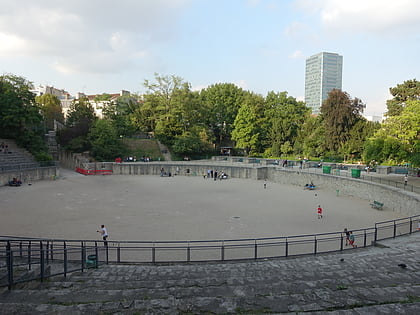

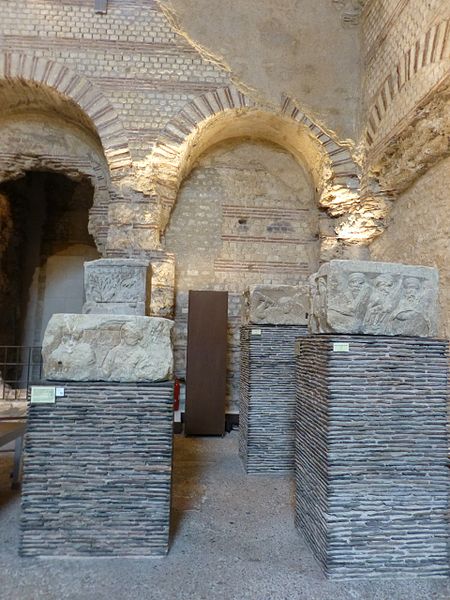
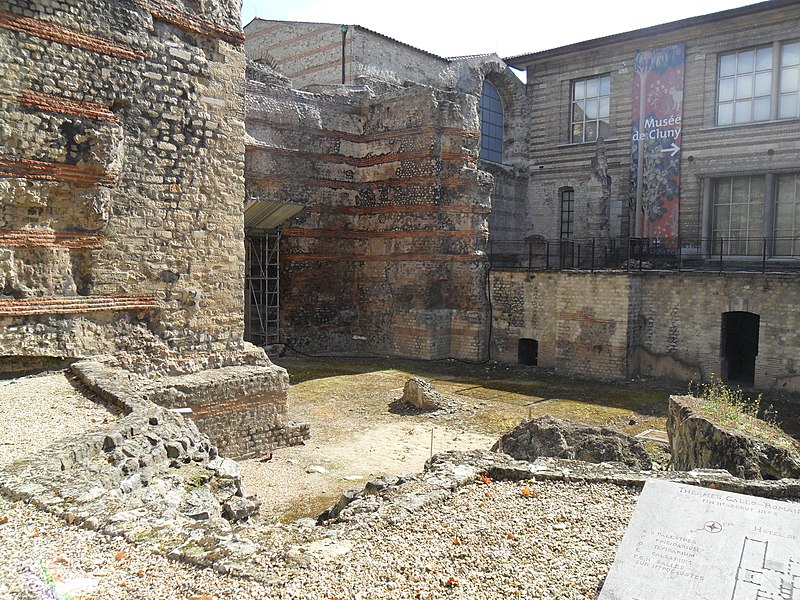
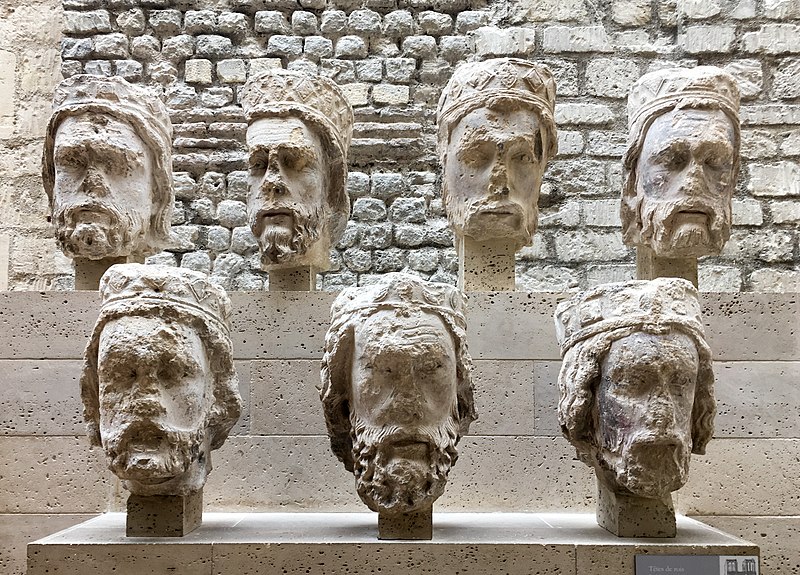
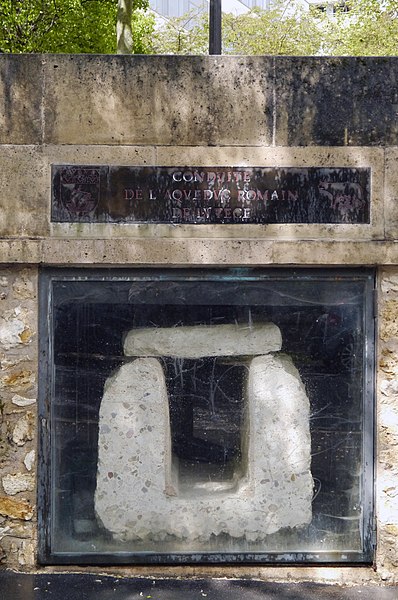
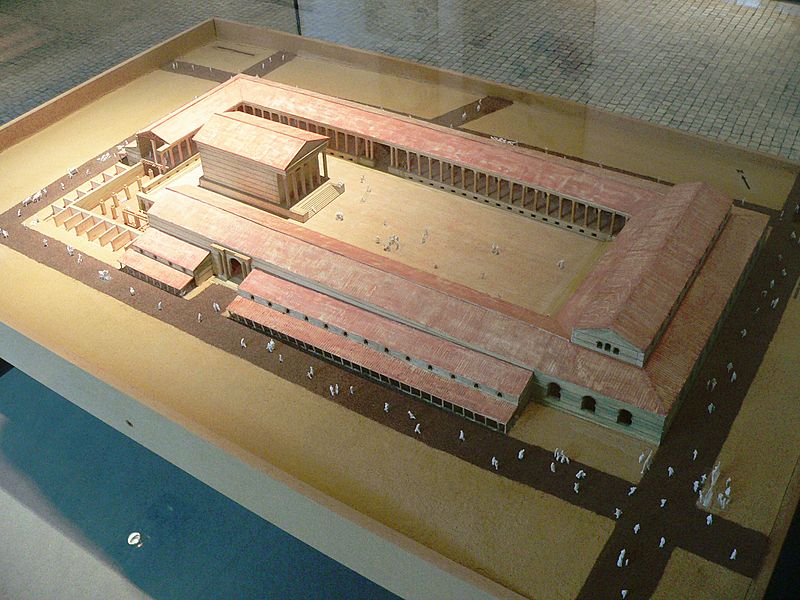

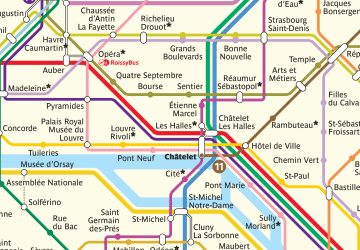 Metro
Metro



